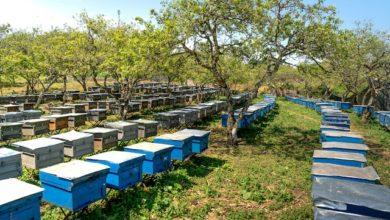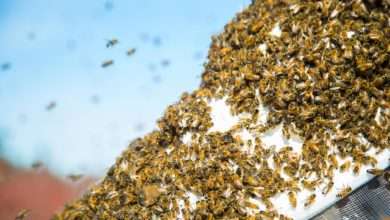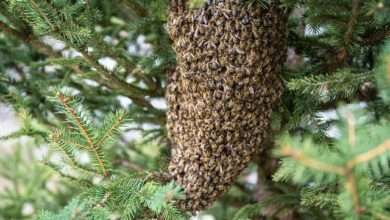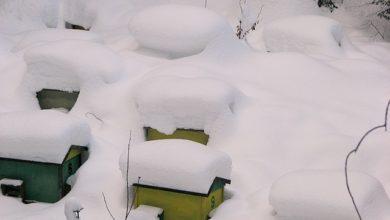Bee Rescuers
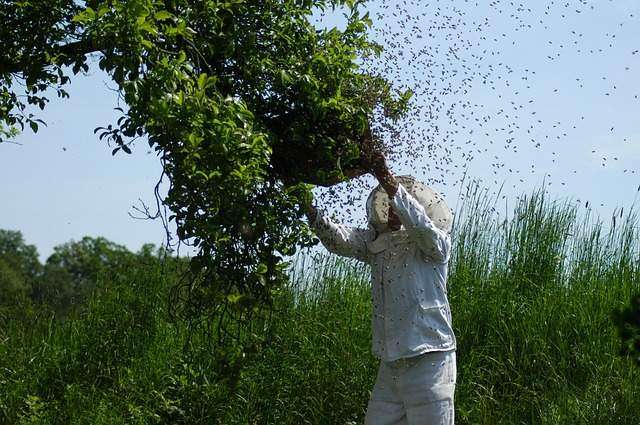
Do you have a swarm of bees on or around your property?
Do you ever wonder what these bees are up to?
Simply put, the bees are looking for a place to live. Swarming occurs naturally as part of the honey bee life cycle.
We want to support bee populations because they are essential to agriculture and our ecosystem, but when bees have settled on a roof or a utility pole, they are not of much use to farmers and beekeepers.
Bee Swarms
A honey bee colony’s swarming is a normal part of its life cycle. A substantial number of honey bees will leave an established colony and fly out to start a new one, known as swarming. This effectively splits the original colony in half.
When there is overcrowding inside the colony, swarming—a natural form of propagation—occurs.
Typically starting during the hottest part of the day, swarming happens in late spring and early summer.
Upwards of 20,000 worker bees, a few drones, and one queen may be present in a honey bee swarm. Bees in a swarm hover around for a short while before settling on a branch of a tree, a shrub, or another object.
Depending on the weather and how long it takes scouting bees to locate a new nest site, clusters can stay motionless for an hour to a few days. The cluster disperses and flies to the new colony when it finds a suitable place, such as a hollow tree.

Most of the time, honey bee swarms are not very harmful. Honey bees that are swarming feed just before swarming, which lessens their capacity to sting. Bees are also less aggressive and unlikely to sting unless provoked when they are far from their nest, where their young and food storage are located.
You typically do not need to take any action when a honey bee swarm is discovered on a tree, bush, or house. Bees will move on if you patiently ignore swarms since they are transient. You are welcome to observe and enjoy the bees from a safe distance while keeping others away from the swarm.
Many beekeepers will remove a swarm for free or at a low cost; however, some may want a contribution or a minimal payment to help cover their fuel expenses. You should prepare to pay extra if the bees are hard to access or encased in walls or other structures, or if they are placed in a spot that requires more sophisticated equipment.
Both licensed pest control contractors and beekeepers who collaborate with contractors are common.
Depending on how much the wall was harmed during the removal procedure, you might need to hire your contractor to fix it.
Before getting in touch with one of the Bee Rescuers, kindly have the following information on hand: –
• Are you positive they are honey bees?
• How far above the ground are the bees located?
• What is the cluster hanging on?
• How long have the bees been there?
• How large is the cluster? The size of a baseball, a grapefruit, or a basketball?
If at all feasible, take a phone photo and text it to the county’s designated beekeeper.
Are you the property’s owner where the bees are situated? If not, do you have the owner’s phone number? Is the site convenient to get to and does it have drive-up access?
What Does Bee Removal Involve?
You will need to engage a professional beekeeper or pest control specialist who can get rid of the bees or perhaps shift them. The bees will need to be collected—often using a soft vacuum that won’t damage them—and placed into a temporary hive for storage. The nest or hive is then taken out or moved to a safer location, especially if the bees are productive pollinators.
Find a Bee Rescuer in Your Area

Go online and perform a search for a list of beekeepers and beekeeping clubs. The majority of neighborhood bee clubs will have a list of volunteers who can assist with bee swarm recovery or hive removal.
You can get guidance on capturing or collecting honey bees from your county’s extension office.
FAQ
Do bee rescuers get stung?
Are beekeepers stung by bees? Yes. This occurs. Sometimes, bees will sting.
Will beekeepers remove bees for free?
Many beekeepers will remove a swarm for free or at a low cost; however, some may want a contribution or a minimal payment to help cover their fuel expenses. You should prepare to pay extra if the bees are hard to access or encased in walls or other structures, or if they are placed in a spot that requires more sophisticated equipment.
What do bee rescuers do with the bees?
If there are indications that the hive is an aggressive one, a responsible beekeeper will re-queen it, relocate it, try to save the hive if possible, or kill it. It is harder to remove a swarm from a building than it is to remove a colony from a tree or a thorn bush.
What are people who save bees called?
Honey farmers, apiarists, and less frequently, apiculturists are other names for beekeepers (both from the Latin apis, bee; cf. apiary). When someone raises honey bees in beehives, boxes, or other containers, that individual is referred to as a beekeeper.
How do I get rid of a bee’s nest for free?
The first thing you should do is open Google and type in “beekeepers association” along with your county and state. Beekeepers in your immediate area can be found there. Many beekeepers will go out and collect the bees and requeen them for you.

Will a swarm of bees leave on their own?
Because swarms do not typically remain in one location for more than a day or two if left unattended, the bees are likely to fly off on their own.
How do you get bees to leave?
One of the best natural methods to get rid of bees on your property and keep them away is to use smoke. Because they are extremely sensitive to scent, bees will typically leave when they smell smoke and won’t likely return because they will assume there is a fire.
How long does it take for a swarm of bees to calm down?
The time it takes for them to locate and settle into their new home is only a matter of hours, or at most a day or two.
Are bees more aggressive when swarming?
When they are homeless and stuffed full of honey, bee swarms are typically not hostile because their defense instincts are diminished. The longer it stays in a certain place, the more defensive a swarm will become if provoked.
